Mediterranean Sage
Information
Salvia aethiopis - Lamiaceae Family - Biennial
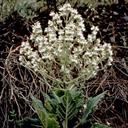
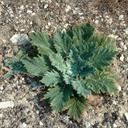
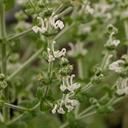
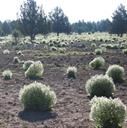
Identification
- Flowers: Flowers appear in clusters and are white to yellowish-white. They are 2-lobed.
- Seeds: Seeds are housed in the flowering stems, which break off in fall to act as tumbleweeds, dispersing thousands of seeds.
- Leaves: Leaves are greyish-green and covered in wooly hairs. Stem leaves alternate and are smaller than rosette leaves. They release a pungent sage-like smell when crushed.
- Flowering Time: Mediterranean Sage flowers bloom between June and July. Seeds are produced in late summer and fall.
- Life cycle: Mediterranean Sage is a biennial that produces a rosette on its first year before flowering and producing seeds during its second.
Impacts
- Mediterranean Sage rapidly takes over any habitat it is introduced to, forming dense monocultures that crowd out native plants and decrease biodiversity.
- While not particularly toxic, Mediterranean Sage is unpalatable to most grazing animals.
- Mediterranean Sage goes dormant during periods of drought, allowing young plants to survive until moisture is adequate for growth.
Control
Most effective control methods
- Mechanical control methods (pulling, cultivation, etc.) are effective on small infestations, before seed is set. Ensure complete removal of the root system, or at the very least, cut off the taproot 2-3 inches below the soil.
- Biological control in the form of the root-crown weevil Phrydiuchus tau has proven somewhat effective in suppressing this plant’s further spread.
- Chemical control is effective against Mediterranean Sage primarily if applied prior to seed production while plant is in rosette stage. Herbicide application can be made more effective with the addition of a surfactant to the mix prior to spraying.
Large Images
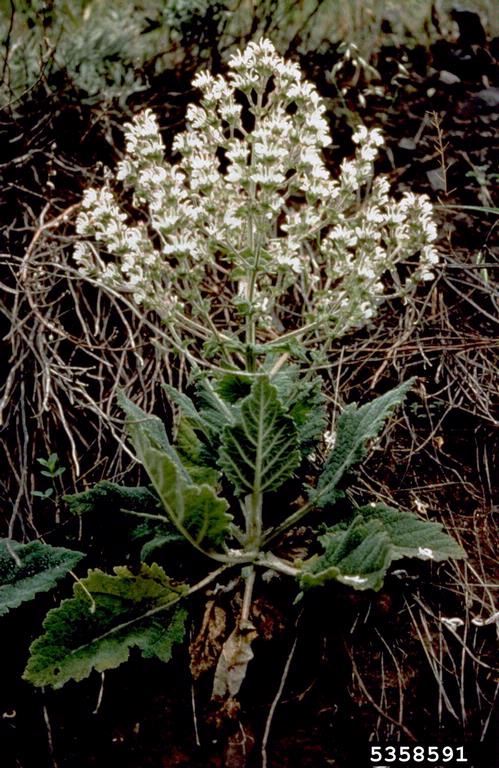
Mediterranean sage
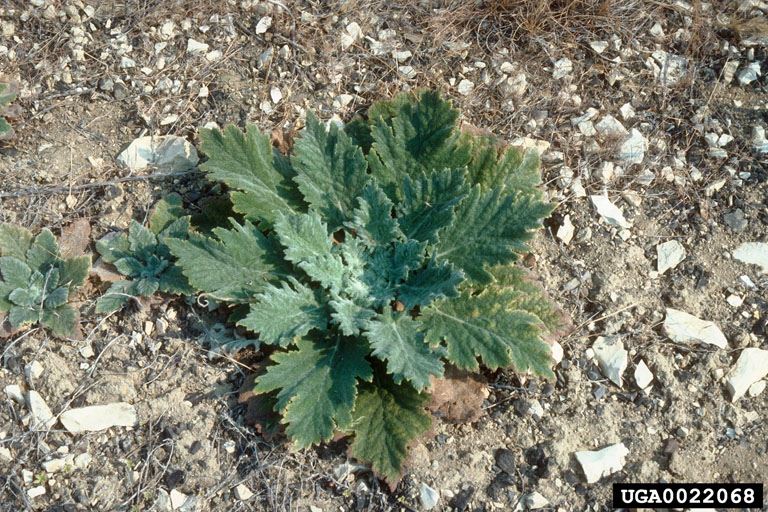
Mediterranean sage: rosette

Mediterranean sage: flowers
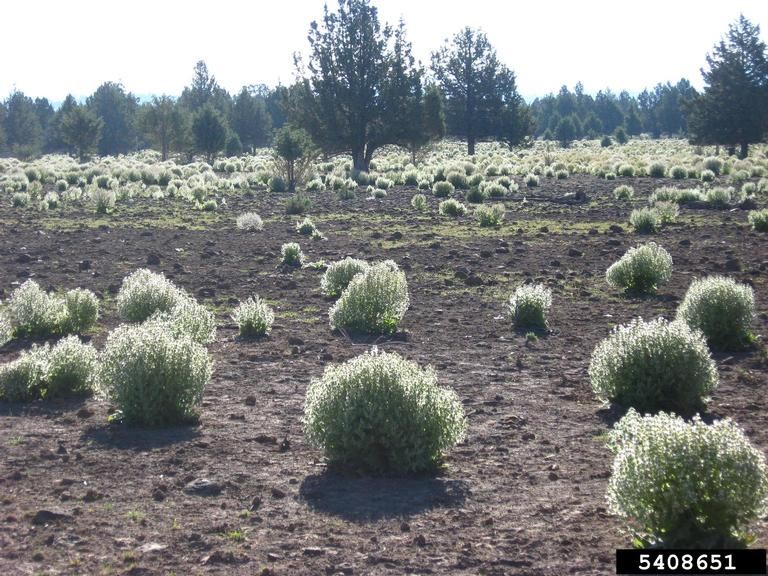
Mediterranean sage: infestation
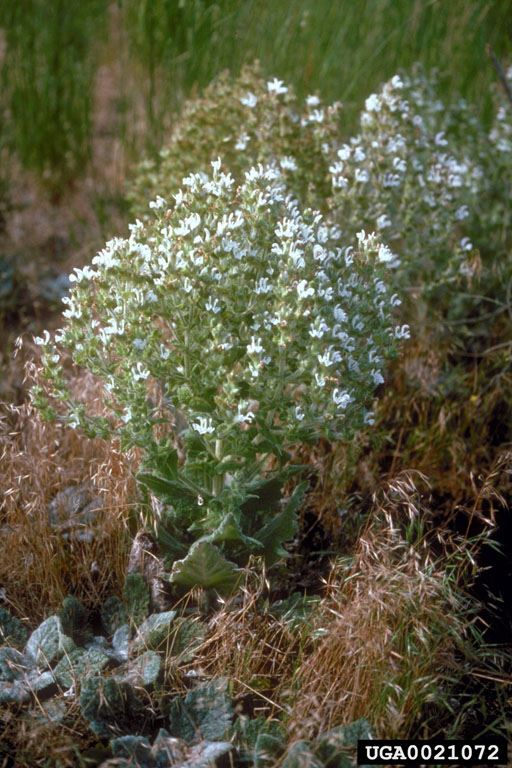
Mediterranean sage
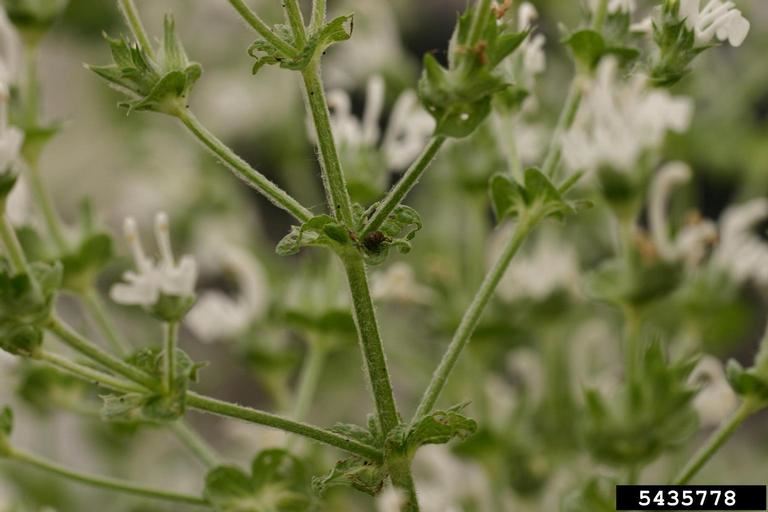
Mediterranean sage: stems and foliage
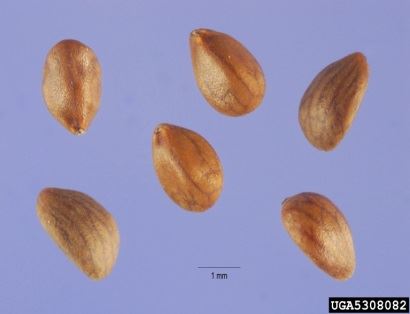
Mediterranean sage: seeds
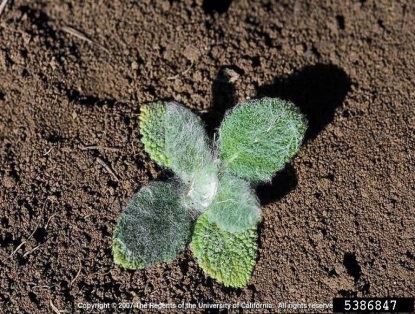
Mediterranean sage: seedling
Resources
-
References
DiTomaso, J.M., G.B. Kyser et al. (2013). Weed Control in Natural Areas in the Western United States [PDF file]. Weed Research and Information Center, University of California. Retrieved from https://wric.ucdavis.edu/information/natural-areas/wr_S/Salvia.pdf View PDF
Graham, J., & Johnson, W. Managing Mediterranean sage [PDF file]. Retrieved from https://www.unce.unr.edu/publications/files/nr/2004/FS0427.pdf View PDF
Oregon State University. (2003, June). Pacific Northwest’s least wanted list: invasive weed identification and management [PDF file]. Retrieved from https://catalog.extension.oregonstate.edu/sites/catalog/files/project/pdf/ec1563.pdf View PDF
Washington State Noxious Weed Control Board. Mediterranean sage. Retrieved from https://www.nwcb.wa.gov/weeds/mediterranean-sage
Washington State University Whitman County Extension. (2009, October). Mediterranean sage. Retrieved from https://extension.wsu.edu/whitman/2013/11/mediterranean-sage/




